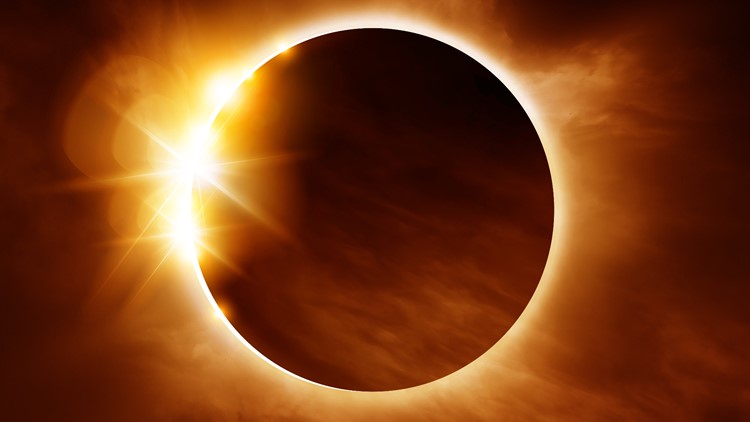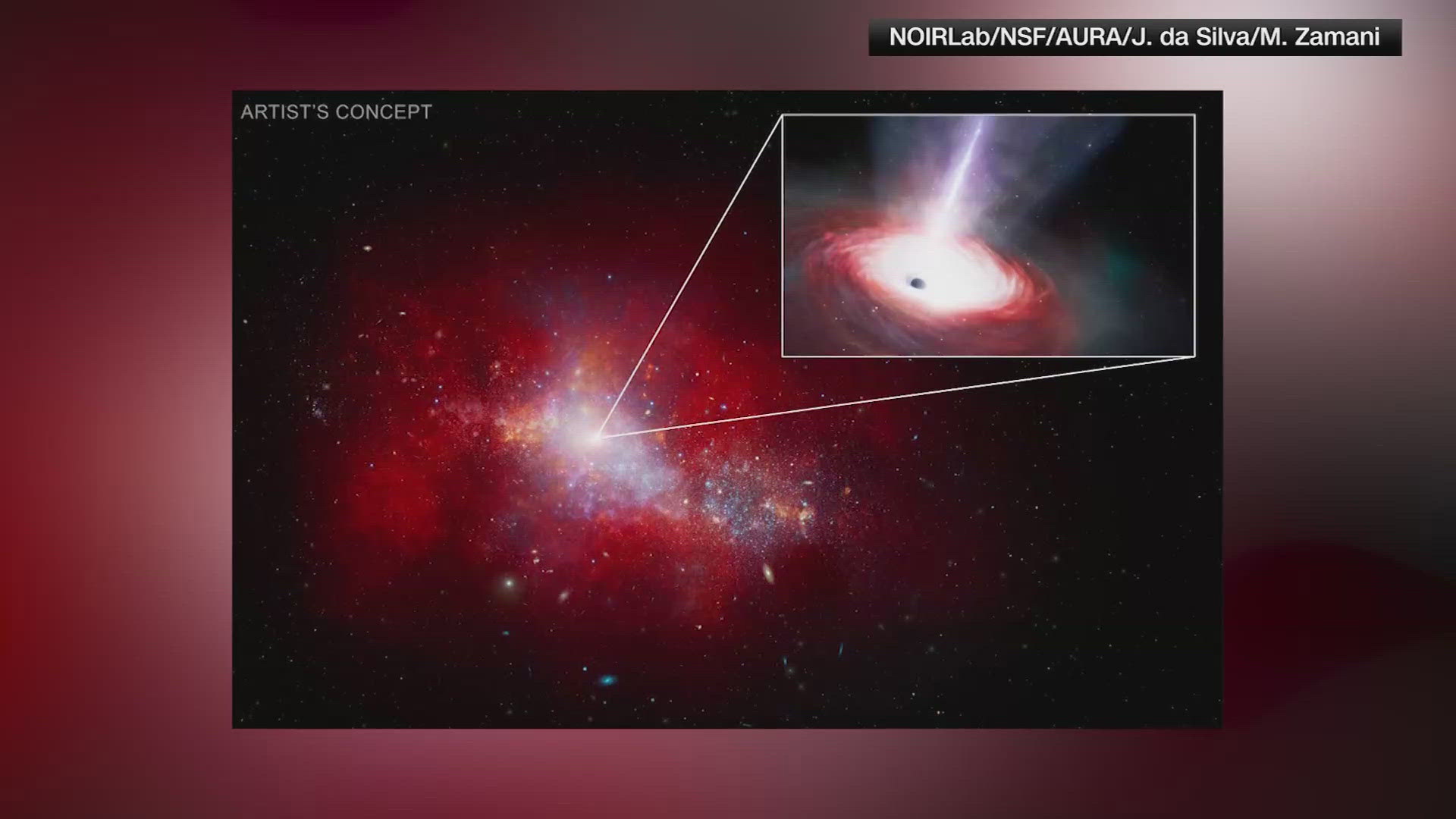INDIANA, USA — Preparations are underway across Indiana for the afternoon of April 8, when the moon’s shadow will block out the sun for the city’s first total solar eclipse in over 800 years.
Hoosiers were left out of experiencing full totality during the last total solar eclipse in 2017. But space experts say even those who did venture to places like Kentucky or Tennessee to bask in magnificence of the eclipse can expect some differences this time around.
The Great American Eclipse in 2024 is projected to be bigger, and brighter, than its 2017 predecessor.
“The primary thing particularly for those who did not go to the path of totality in 2017, it, it will be dramatically different,” said Dr. Brian Murphy, who is a physics and astronomy professor, and the director of Holcomb Observatory & Planetarium at Butler University.
NASA estimates 215 million U.S. adults watched the total solar eclipse event either in-person or online in 2017. The Great American Eclipse of 2024 is anticipated to be viewed by even more people, because it passes through more densely populated cities.
Nearly 31.6 million people live in the path of totality this year compared to 12 million who lived in the path of totality 2017, according to NASA. The 2024 eclipse is also projected to pass over more U.S. cities, and over more densely populated areas, than its 2017 predecessor.
Although more people will be able to see this eclipse, event organizers are working to get word out that being in the path of totality, not simply near it, is key to an eclipse viewing experience.
In Indiana towns like Kokomo, just five miles could mean the difference between experiencing the full beauty of totality and not seeing any changes. Murphy is urging people living in Kokomo to drive to the city’s southern part for the full effect.
“I always tell people a 99% partial eclipse is still 0% totality. You're not seeing the magic if you’re not inside the path of totality. It's a completely different experience that a partial eclipse in no way prepares you for. Just going that extra say five miles into the path is well worth it. It's something you probably won't see in the rest of your lifetime,” Murphy said.
Fortunately for Hoosiers, the actual path of totality is also wider than in 2017.
Seven years ago, the moon was a little further from the sun, according to NASA. That made the path a little skinner. NASA says the path over North America will range between 108 and 122 miles wide and cover more ground, casting a phenomenal shadow onto the world. In 2017, the bath ranged between 108 and 122 miles wide.
Experts say the darkness experienced inside the path of totality will be slightly more intense than in 2017.
“It’s not like the depth of night - but it's like about a half hour after twilight. The brighter planets will be seen. Venus and Jupiter should be easily seen if it's clear, and also some of the brighter stars in our sky also will be seen,” Murphy said.
Time in totality is also projected to last longer than in 2017, according to NASA. The longest period of totality 7 years ago happened near Carbondale, Illinois and lasted around 2 minutes, 42 seconds.
Totality for this upcoming eclipse will be 4 minutes, 28 seconds in an area about 25 minutes northwest of Torreon, Mexico. NASA forecasted 4 minute durations could stretch as far north as Evansville, Indiana.
You can learn more about the upcoming eclipse and plan for it here.



